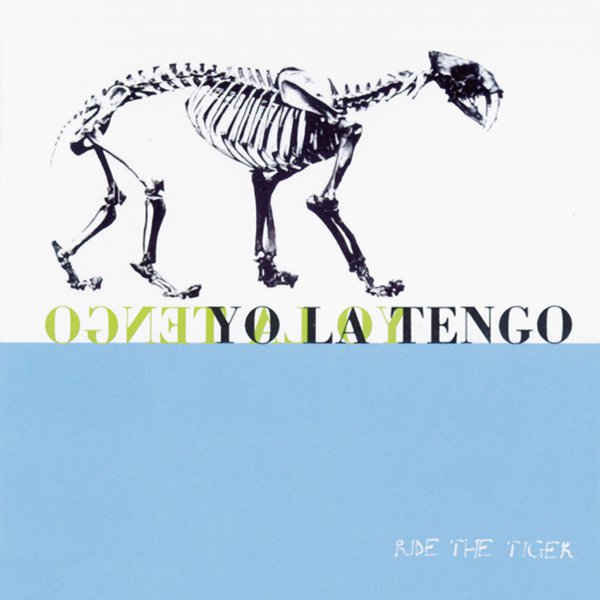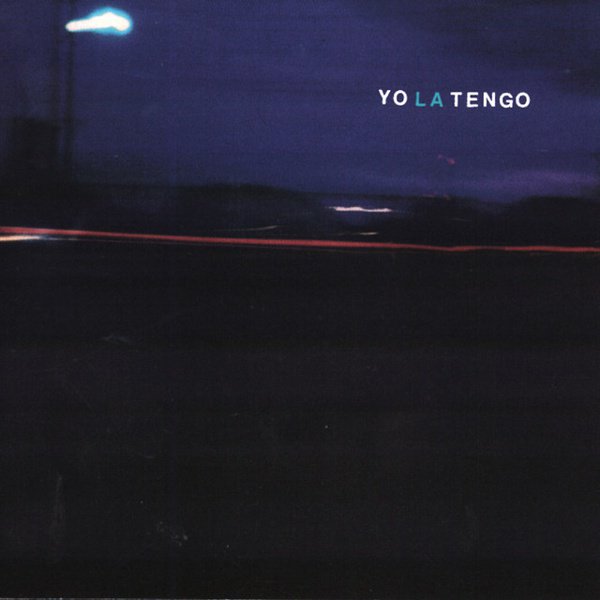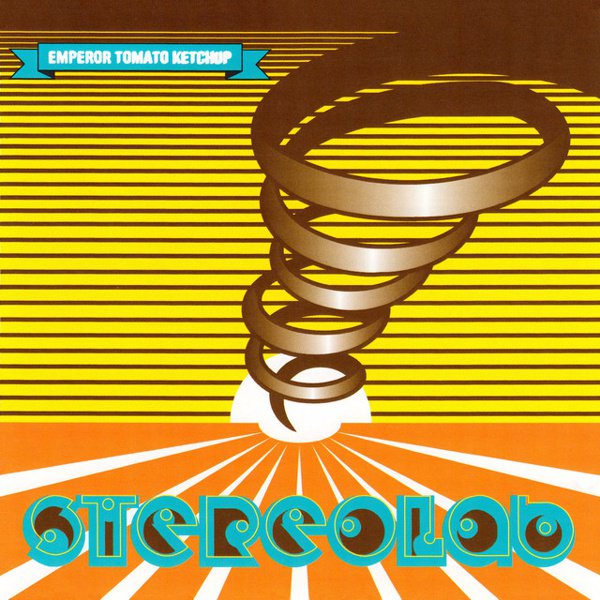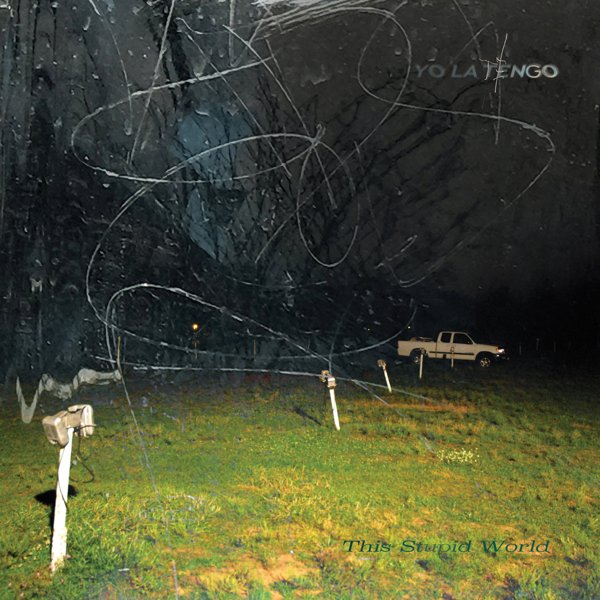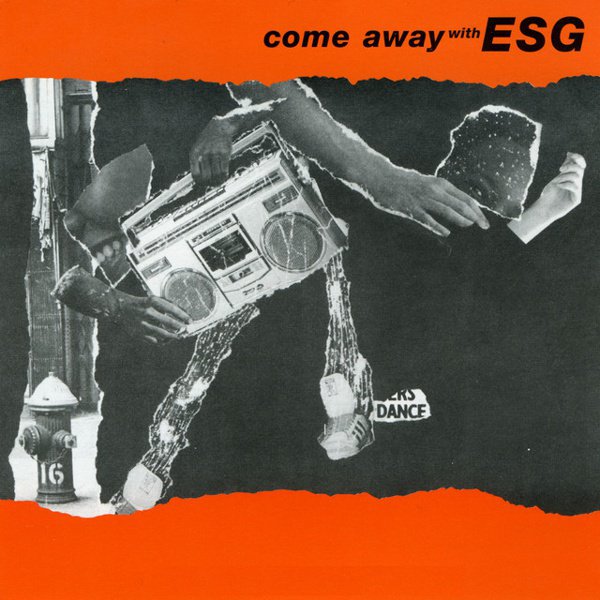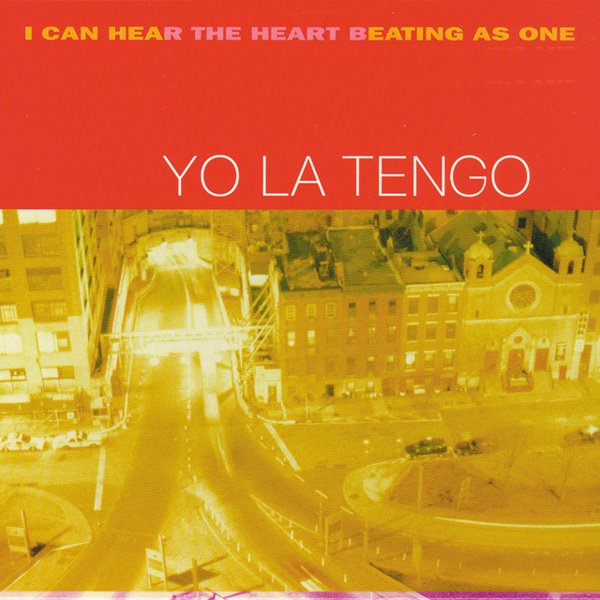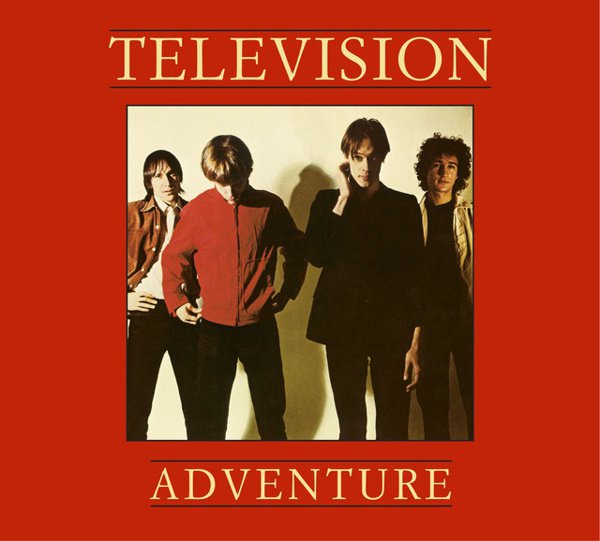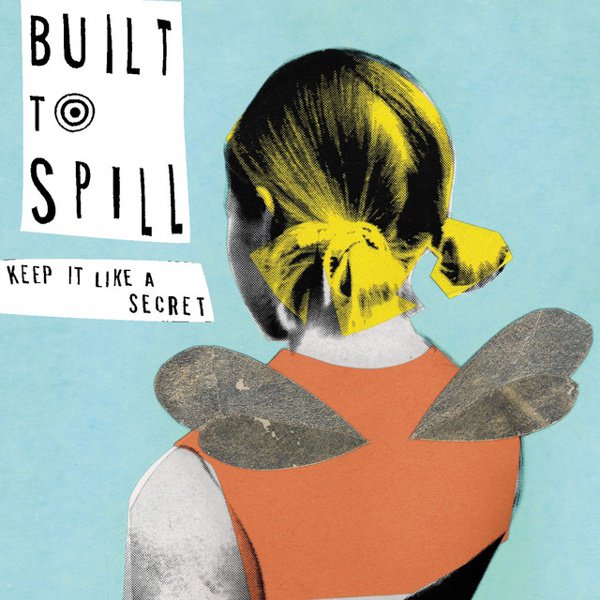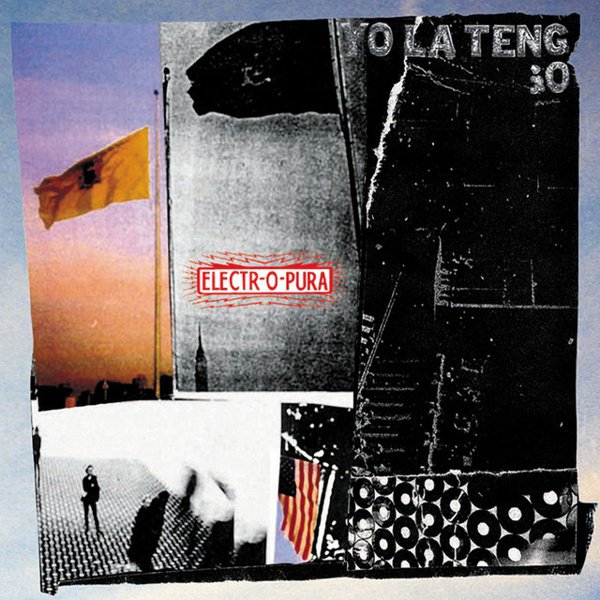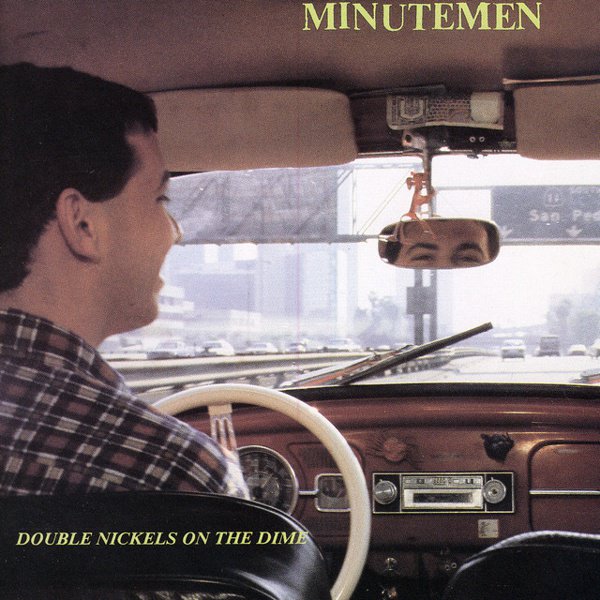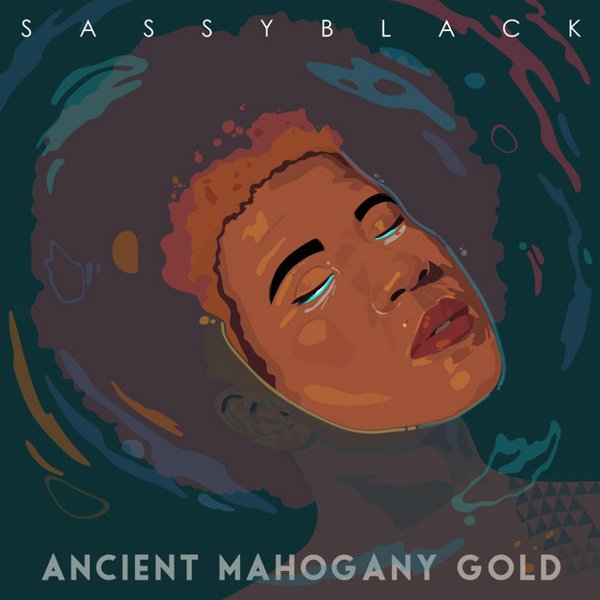Ride the Tiger
When a band reaches a lifespan closer to 40 years than 10 and never drops an album that sinks below the qualitative waterline of “pretty good” in the process, it can take a little work to hear their debut for the bold first step that it is. And while Ride the Tiger is merely a “pretty good” album in a discography that would populate the last ten years of the 20th Century and a fair amount of the 21st so far with multiple releases you could call resounding classics, it’s still a draw in itself to hear the initial framework of Yo La Tengo as we know them. Ira Kaplan and Georgia Hubley’s confidence in their own quietness and reserve hasn’t fully taken shape yet — Ira will probably be the first to admit that Dave Schramm’s intricate guitar jangle is probably the most interesting presence on the record — and their songwriting sometimes feels half-formed in a way the subtle directness of their later work would improve upon. But there are signs of it in the overarching sense that they’re trying to figure some things out about their loneliness in a world that refuses to accommodate the figuring out of things, whether they’re isolated (“Screaming Dead Balloons”; “Alrock’s Bells”), interpersonal (“The Cone of Silence”, “The Pain of Pain”), or something more broadly existential (“The Forest Green”). So they’re already getting the hang of the intense melancholy, doubt, and ambivalence that would underpin some of their most beloved material later on. And sonically their record-geek enthusiasm is already paying off. Clint Conley’s vivid, spacious-yet-upfront production job here saw the band graduate from Mission of Burma fans to direct beneficiaries of their influence. And YLT’s dot-connecting nods to a spacious canon of influence emphasize the cover version-as-curriculum vitae qualities they get from Village Green-era Kinks (a warmly twanging “Big Sky”) and then-unfashionable folk icon Pete Seeger (“Living in the Country,” transforming his acoustic instrumental into a full-band number that sounds like the ’68 Velvet Underground getting back to the land). It’s of its time, a product of a nascent yet growing indie-rock ecosystem in progress, but works well outside it: Ride the Tiger signaled a band getting their footing for the first time at just the right moment, and Yo La Tengo fit right into a musical space where they could look for kinship everywhere from Athens to Brisbane. And it wouldn’t be long before they’d prove worthy to be mentioned in the same breath as R.E.M. and the Go-Betweens.

